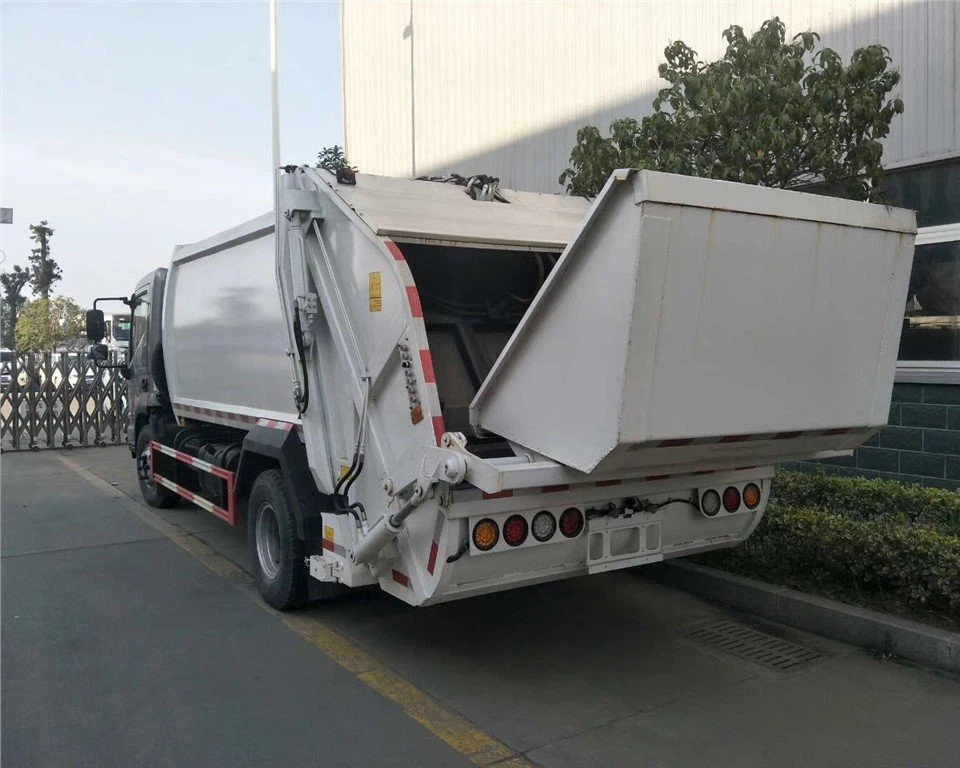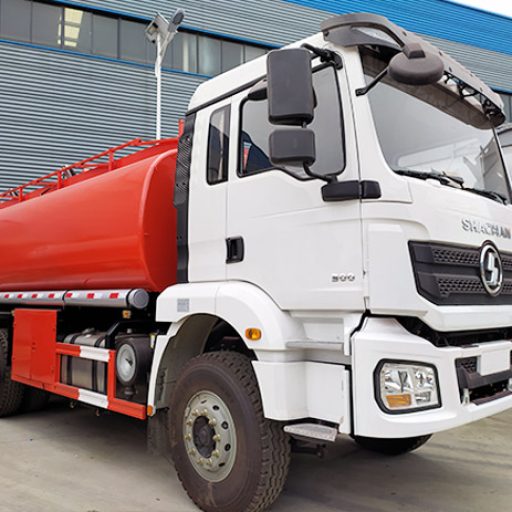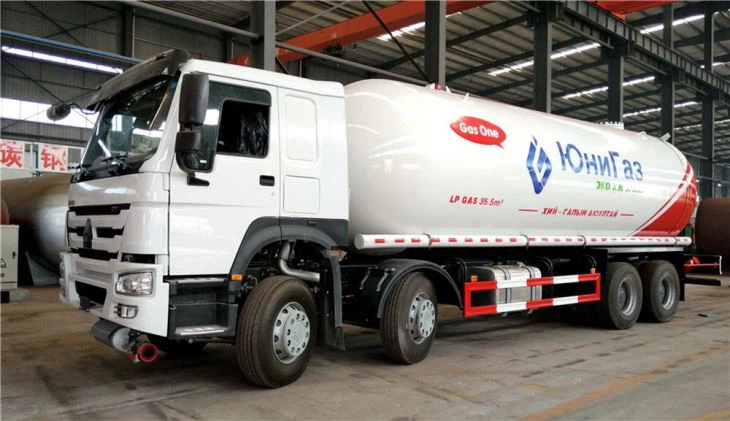Understanding the Impact of Ammonia on Stainless Steel: A Comprehensive Guide

Introduction
Stainless steel is one of the most commonly used materials in various industries due to its strength, durability, and resistance to corrosion. However, certain chemicals can react adversely with stainless steel, leading to material degradation. One such chemical is ammonia, a compound that is widely used in agricultural fertilization, industrial cleaning, and as a refrigeration gas. In this article, we will explore the relationship between ammonia and stainless steel, detailing how and why ammonia can affect this metal, along with practical advice for handling both safely and effectively.
The Basics of Stainless Steel
What is Stainless Steel?
Stainless steel is an alloy of iron with a minimum of 10.5% chromium content. The chromium forms a protective layer of chromium oxide on the surface, preventing oxidation and corrosion. Depending on the alloying elements added, stainless steel can be categorized into different types, including:
- Austenitic: Typically non-magnetic and known for its good formability and corrosion resistance.
- Ferritic: Magnetic and known for its resistance to stress corrosion cracking.
- Martensitic: Known for its high strength and hardness but less resistant to corrosion.
Characteristics of Stainless Steel
Stainless steel possesses several key characteristics, including:
- Corrosion resistance
- High strength
- Easy maintenance
- Temperature resistance
- Aesthetic appeal
Ammonia: Properties and Uses
What is Ammonia?
Ammonia (NH3) is a colorless gas with a pungent smell, highly soluble in water. This chemical compound is produced naturally in the environment and has a wide range of applications, particularly in agriculture as a fertilizer. It is also used in industrial cleaning, refrigeration, and as a building block for synthesizing other chemicals.
Properties of Ammonia
Key properties of ammonia include:

- High solubility in water
- Basicity (high pH)
- Volatility at room temperature
- Reactive with acids
The Interaction Between Ammonia and Stainless Steel
How Ammonia Affects Stainless Steel
The interaction between ammonia and stainless steel can lead to several adverse effects:
- Pitting Corrosion: One of the most serious effects ammonia can have on stainless steel is pitting corrosion, particularly in environments with high ammonia concentrations.
- Stress Corrosion Cracking: Stainless steel can be susceptible to stress corrosion cracking when exposed to ammonia under tensile stress.
- Surface Depassivation: Ammonia can lead to the breakdown of the passive layer of chromium oxide, exposing the underlying steel to corrosive elements.
Factors Influencing Reaction
The extent to which ammonia affects stainless steel depends on several factors:
- Concentration of ammonia
- Temperature of the environment
- Type of stainless steel alloy
- Presence of other corrosive agents
Types of Stainless Steel and Their Resistance to Ammonia
Austenitic Stainless Steel

Austenitic stainless steels (e.g., 304, 316) are generally more resistant to corrosion compared to other types. However, they can still develop issues when exposed to high levels of ammonia, especially at elevated temperatures.
Ferritic Stainless Steel
Ferritic stainless steels exhibit moderate resistance to ammonia. They may suffer from pitting corrosion but are less likely to experience stress corrosion cracking compared to austenitic grades.
Martensitic Stainless Steel
Martensitic stainless steels (e.g., 410, 420) are often used in applications requiring hardness and wear resistance. Their resistance to ammonia is less than that of austenitic and ferritic grades, making them more vulnerable to ammonia-induced corrosion.
Practical Applications Involving Ammonia and Stainless Steel
Industrial Cleaning
When using ammonia for industrial cleaning, it is essential to choose the right type of stainless steel that will resist corrosion. For example, a316 stainless steel is recommended for environments where ammonia is prevalent.
Refrigeration Systems
Ammonia is used as a refrigerant in many industrial cooling systems, requiring the use of materials that can withstand high pressure and low temperatures. Stainless steel components in these systems must be monitored regularly for signs of corrosion.

Agrochemical Equipment
In the agricultural sector, stainless steel is commonly used for equipment that comes into contact with ammonia fertilizers. High-quality austenitic grades are preferred to ensure durability and resistance to corrosion in such applications.
Preventive Measures Against Ammonia-Induced Corrosion
Material Selection
Selecting the right grade of stainless steel is crucial. For environments with potential ammonia exposure, grades 316 and higher are recommended due to their superior resistance.
Protective Coatings
Applying protective coatings can help mitigate corrosion. Epoxy paints or specialized coatings can provide an additional layer of protection against corrosive agents.
Regular Maintenance
Regular inspections and maintenance can help identify early signs of corrosion. Implementing a maintenance schedule is vital for any equipment exposed to ammonia.
Environmental Control
Control the concentration of ammonia in the environment, along with temperature and humidity, to minimize the risk of corrosion. Adequate ventilation can help disperse ammonia fumes.
FAQ Section
1. Can all types of stainless steel be used in ammonia environments?
No, not all types are suitable. Austenitic stainless steels (like 316) are preferred due to their enhanced corrosion resistance in ammonia-rich environments.
2. What are the signs of ammonia-induced corrosion on stainless steel?
Signs include pitting, discoloration, or surface irregularities. Early detection is crucial for preventing further damage.
3. How can I prevent corrosion of stainless steel exposed to ammonia?
Select appropriate grades of stainless steel, apply protective coatings, and perform regular maintenance to minimize corrosion risks.
4. Is ammonia harmful to humans when using stainless steel equipment?
Ammonia can be hazardous in high concentrations. Proper ventilation and protective equipment should always be used when handling ammonia in industrial settings.
5. What happens if ammonia spills on stainless steel?
Immediately clean any spills to prevent corrosion. Use a diluted solution of water and mild detergent to neutralize the ammonia and minimize its effects.
6. Can heat affect the corrosion resistance of stainless steel in ammonia environments?
Yes, elevated temperatures can increase the rate of corrosion. It’s essential to monitor temperature levels to ensure stainless steel integrity.
